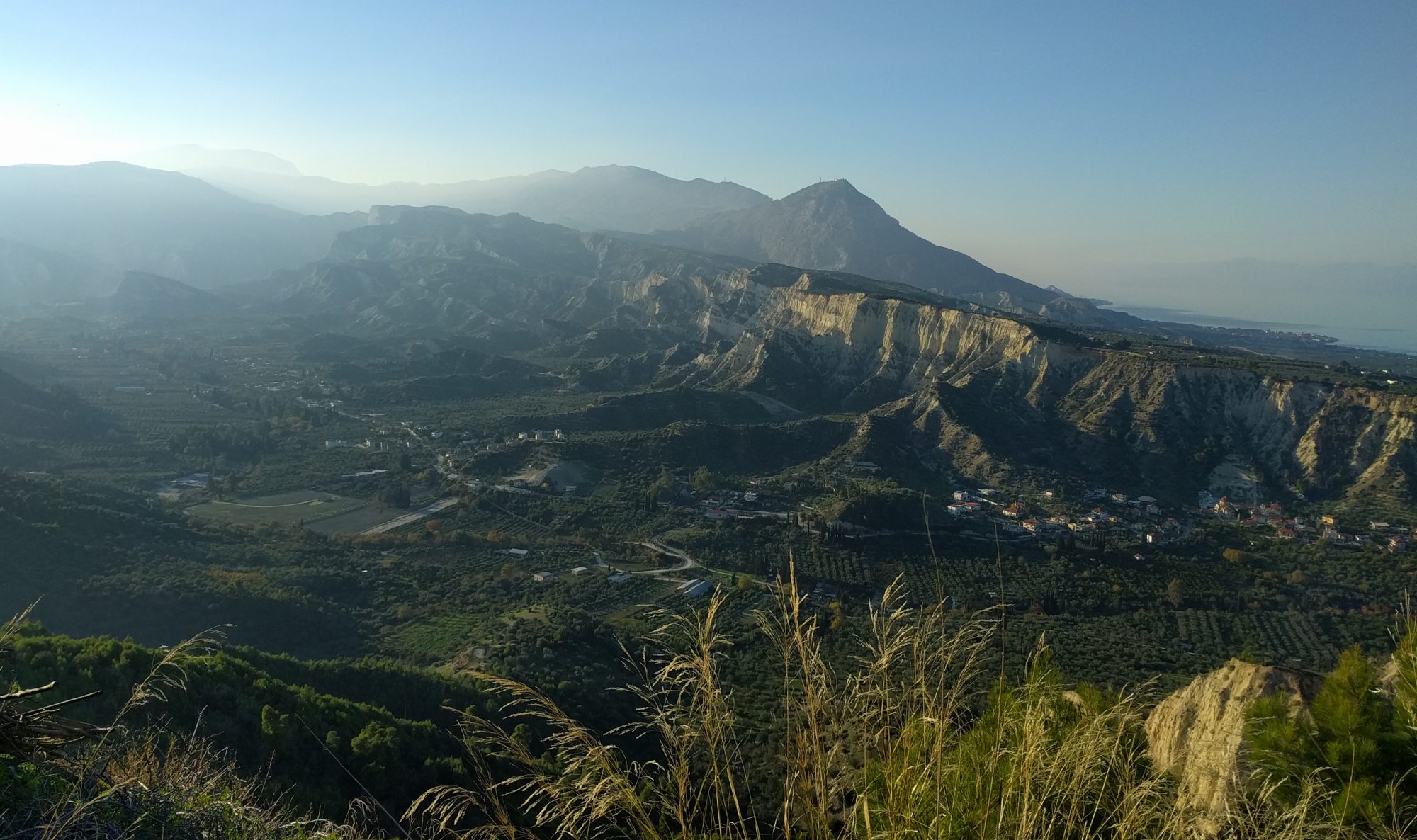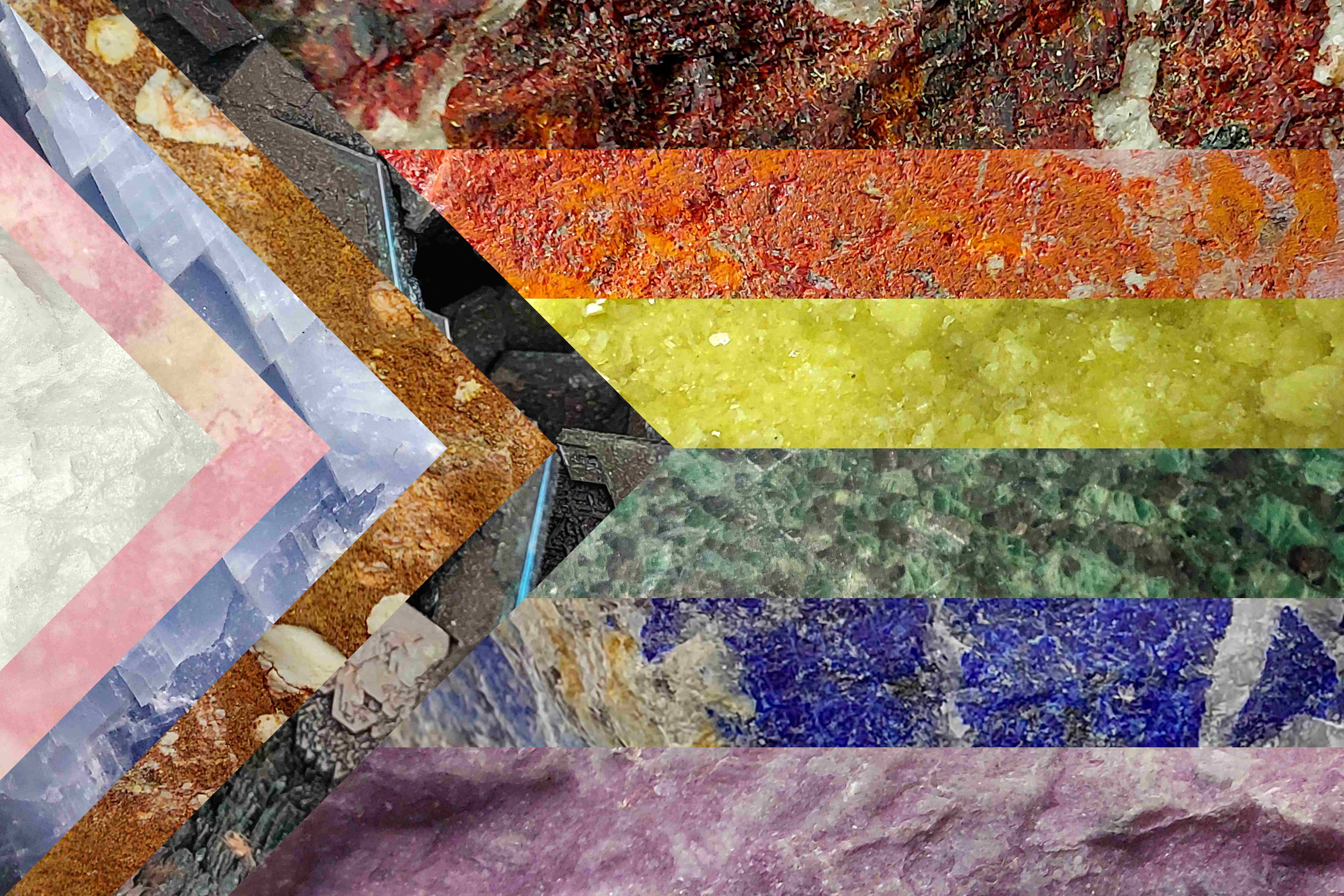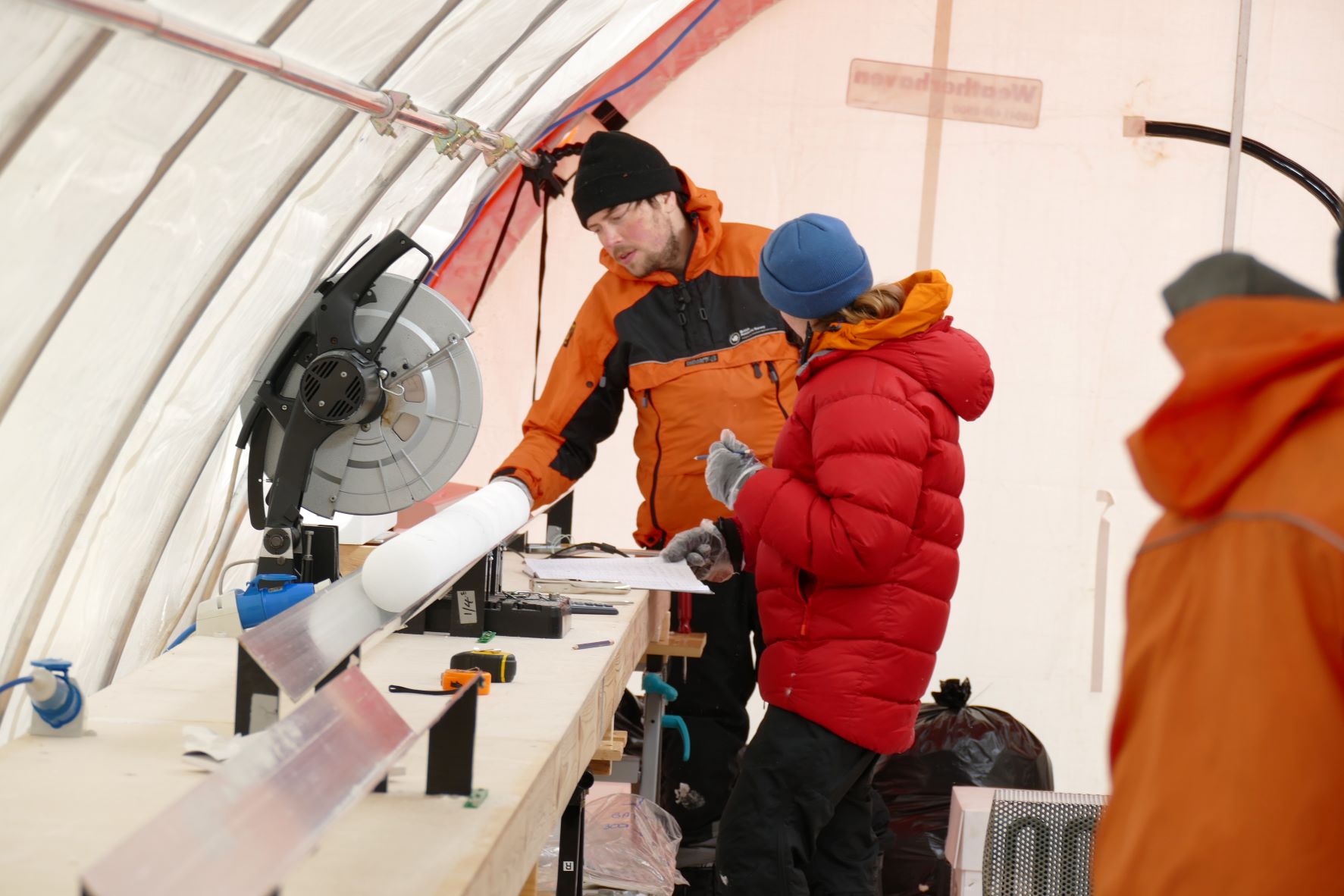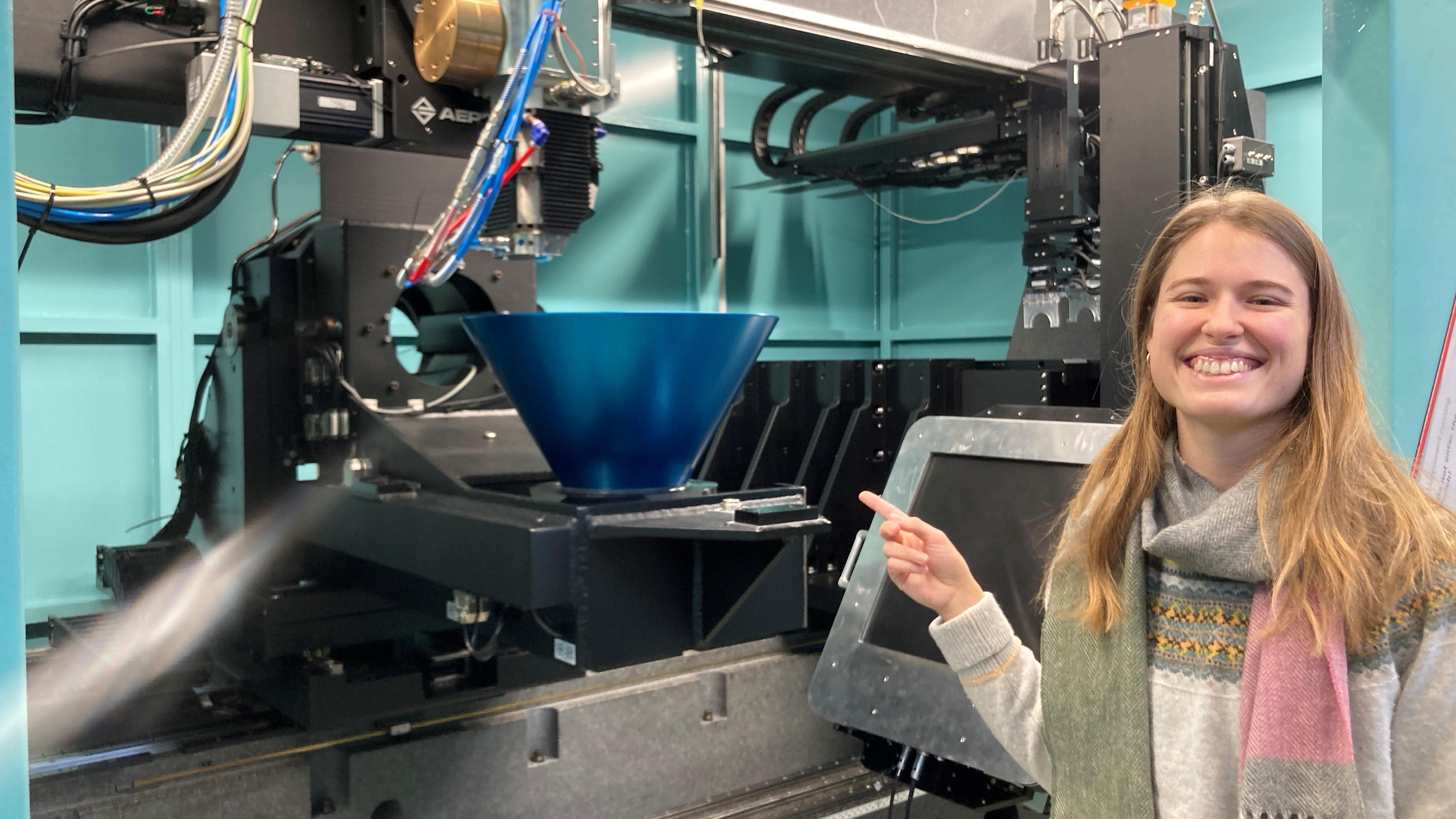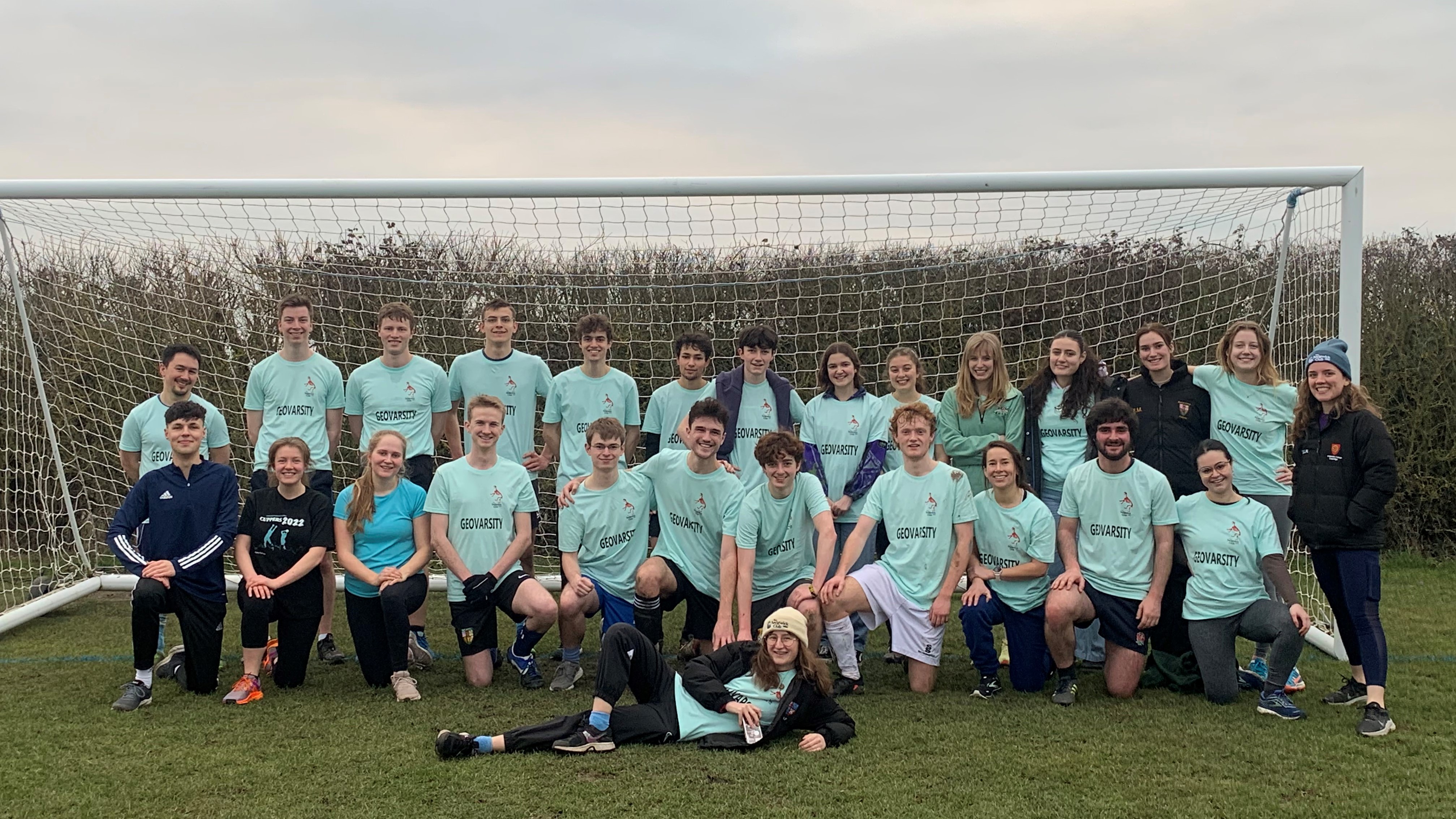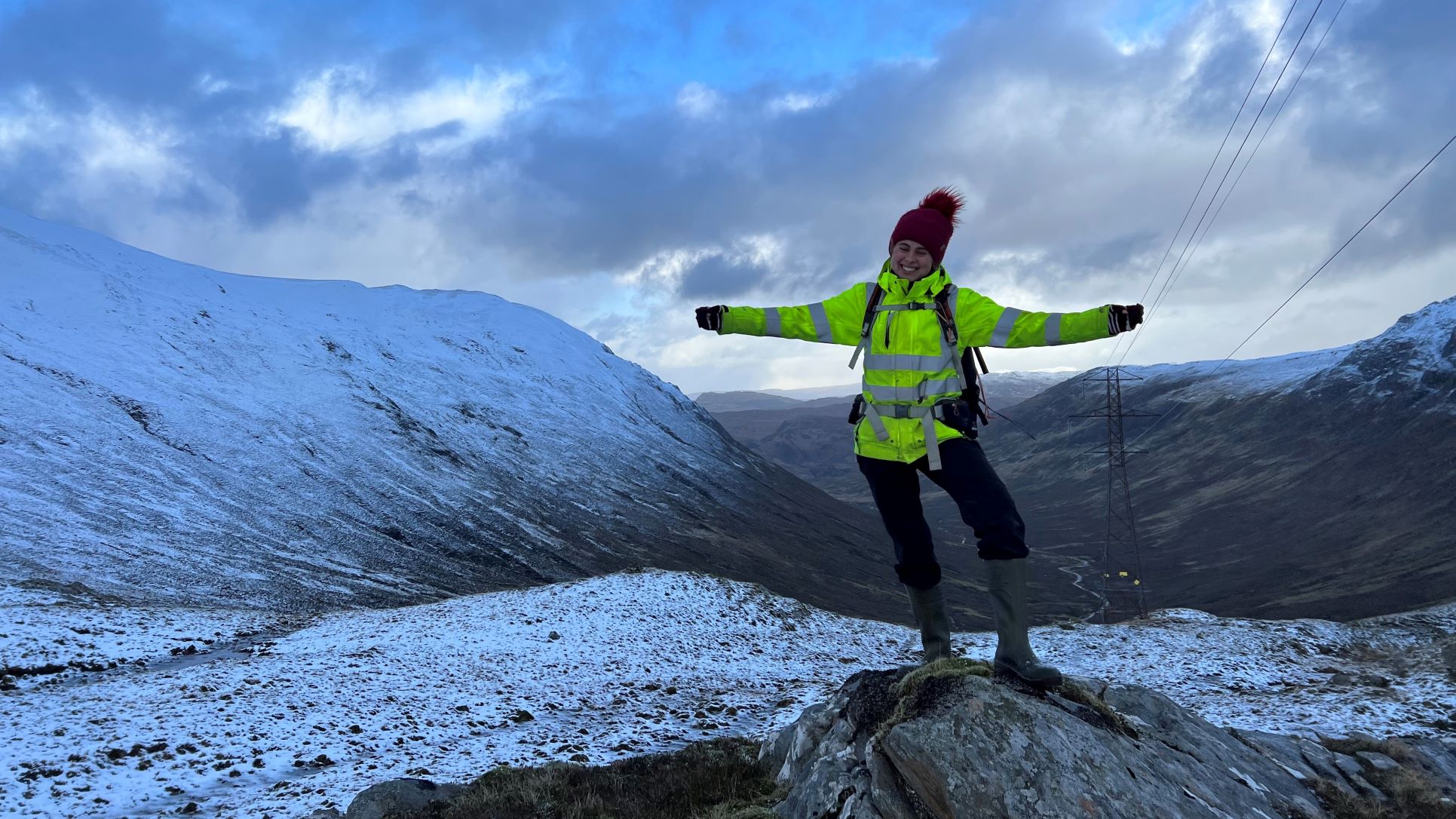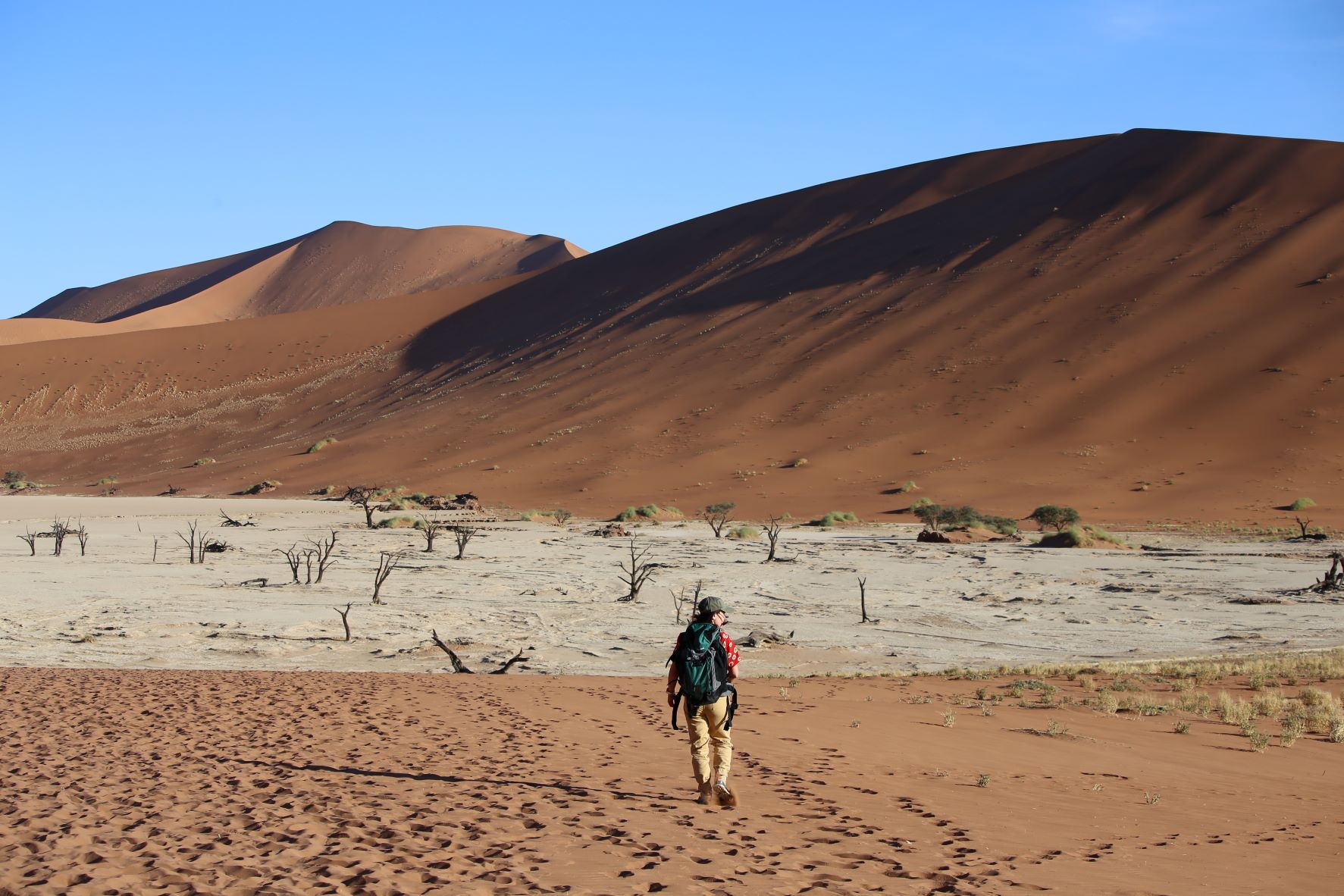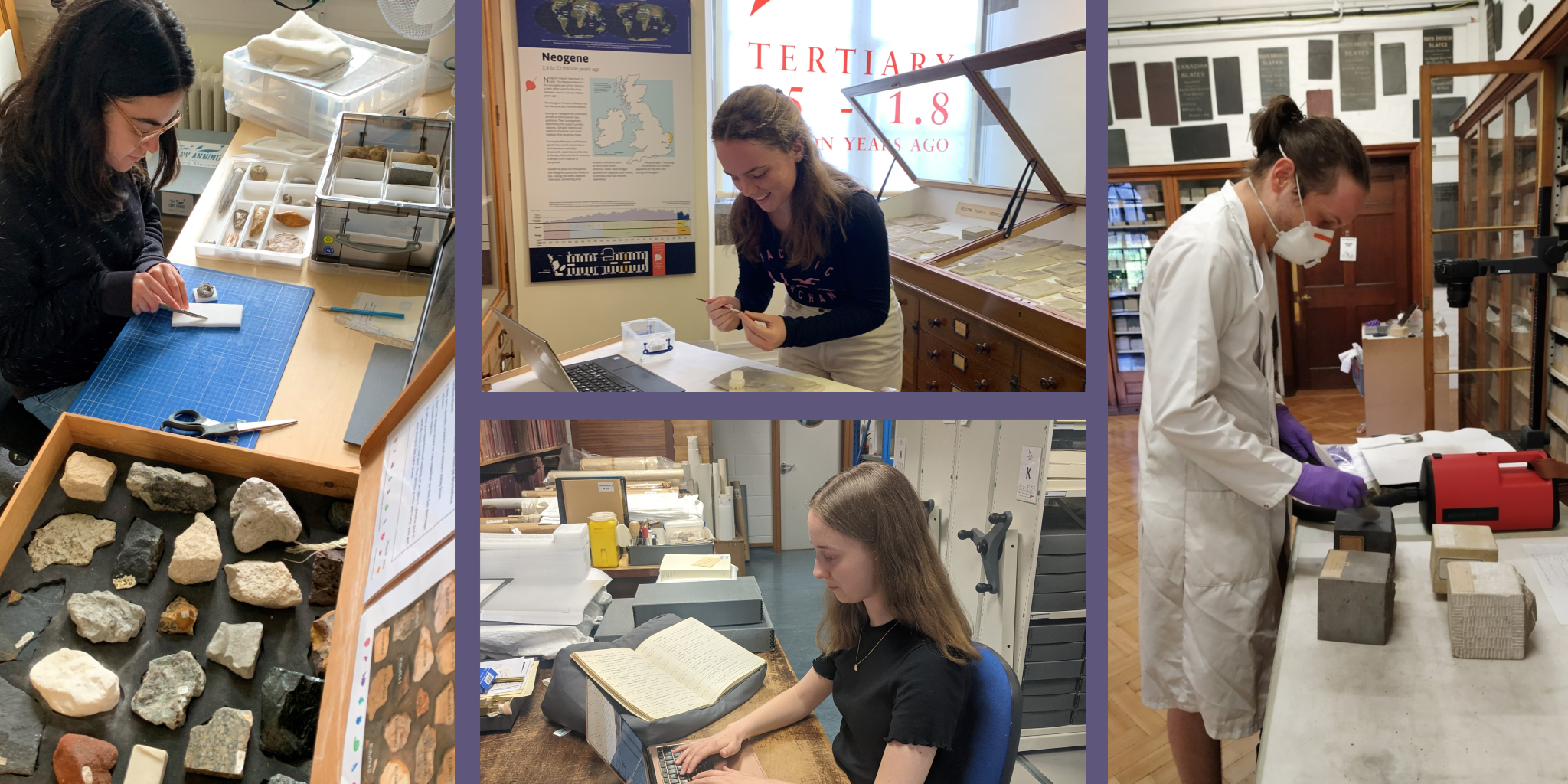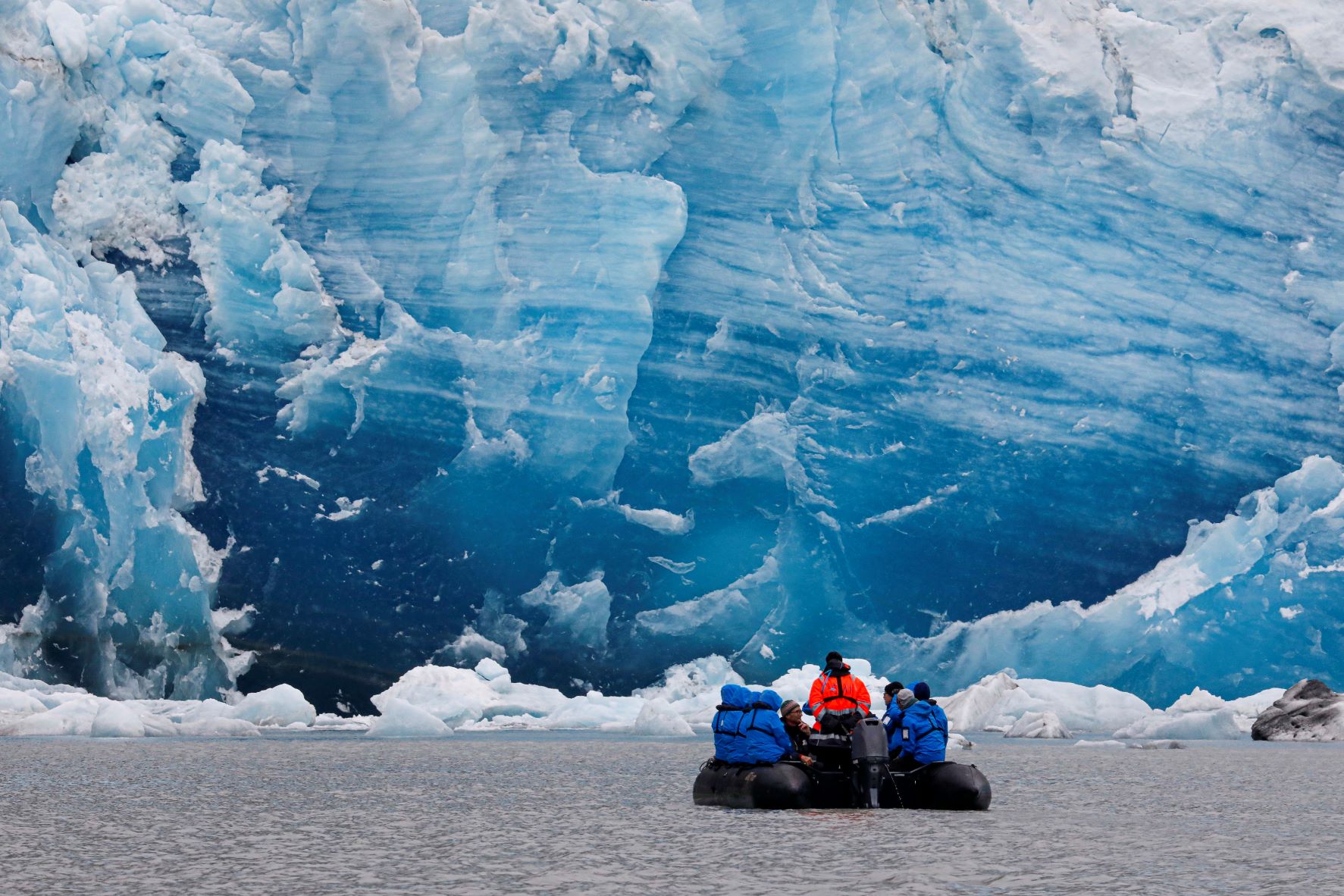First days at a new school can be intimidating, and my first day coming to Cambridge’s Earth Sciences Department to begin my MPhil degree in Michaelmas term 2019 was especially so.
I had just moved overseas from America to a country I had never even visited before, and I didn’t know a single person. When I stepped inside, there was something that put me at ease: the proliferation of pride flag stickers all around the department. Immediately, I felt that this was a place where I would be accepted, and as I settled in and met more people over the next few weeks and months, I was quickly proven right.
Continue reading “Supporting our Department’s Queer community”